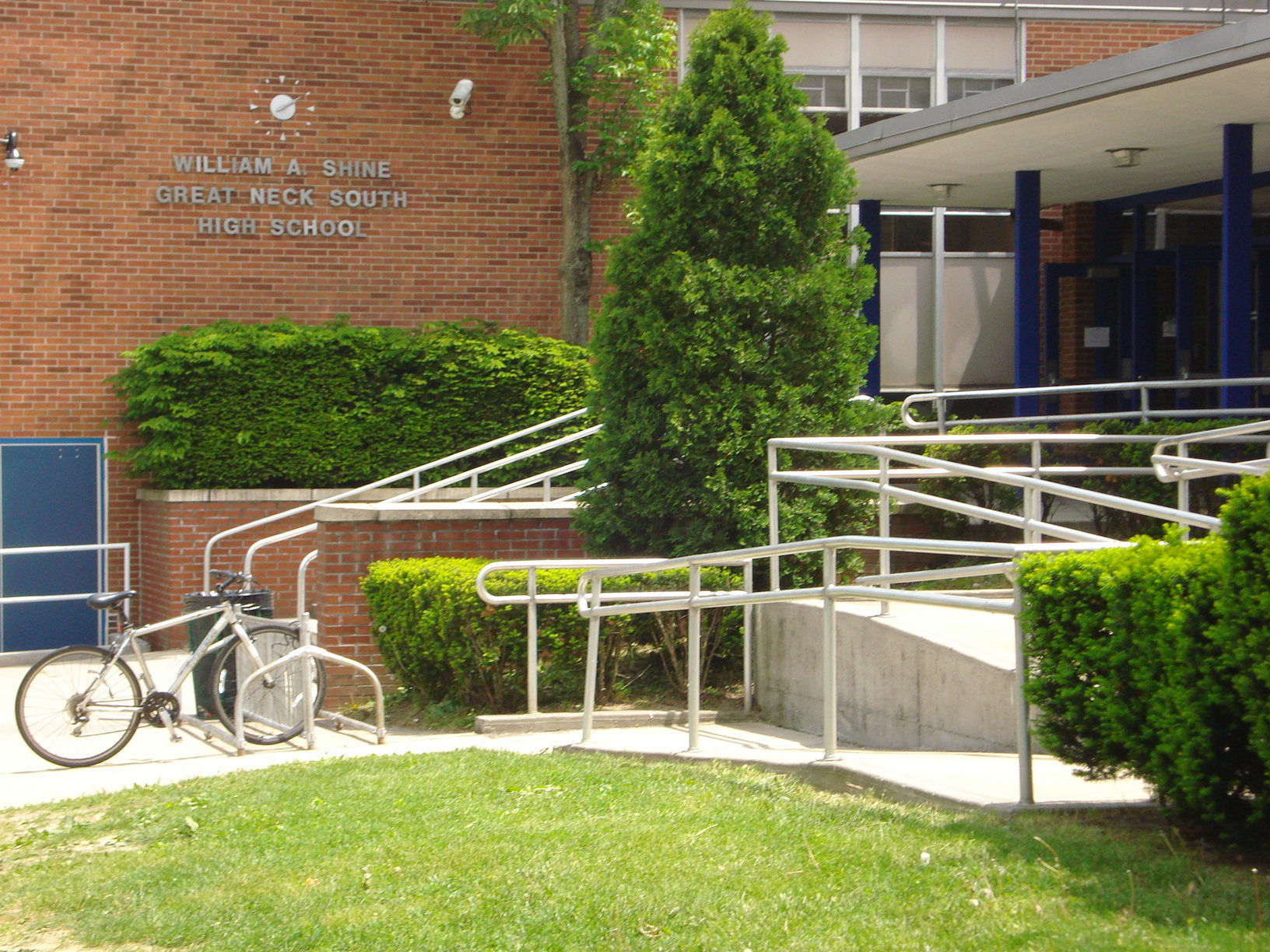Lawrence Gross, a 12-term Board of Education trustee and resident of Great Neck for over four decades, said that Great Neck’s population is constantly changing. But one thing stays the same.
“The one common denominator is that people move to Great Neck for the services, and the primary service is the school,” Gross said. “The latest move-in is the Asian population. And we find, as with so many other groups that have moved to Great Neck, that they are exceptionally supportive of the schools.”
And now, with a $223.3 million budget, $68.3 million bond, and two Board of Education (BOE) trustee seats up for grabs on May 16, the Asian-American community may have the most at stake.
“In my opinion, given what’s at stake in terms of the bond, budget and the two BOE seats, I would expect a much higher turnout than the last election we had back in February for the last bond referendum vote,” said Nathan Fong, co-president of the Great Neck Chinese Association.
Indeed, in the wake of the February bond failure, the Asian-American community has been energized. Since then, Fong said, he has seen greater efforts from the Chinese community to go door to door and more efforts in general from the community to preach the importance of voting.
Stephen Na, pastor of Great Neck Community Church, a Korean-American who has lived in Great Neck for nine years, said the Asian-American community is abuzz.
“Usually, among Asians, being involved with the community and political stuff is pretty rare,” Na said. “So this is the first [time].”
The Asian-American community in Great Neck has been growing rapidly, as has its possible clout. Census data from 2010 showed that of the Great Neck region’s 39,402 residents, over 15 percent were Asian-American.
The 2015 American Communities Survey put that number above 17.5 percent.
Steven Markowitz, a co-founder and adviser for Multistate Associates, a state and local government services firm, suspects that number is low.
“This is such a rapid change. It’s just unbelievable,” Markowitz, a 45-year Great Neck resident, said.
Meanwhile, according to the Great Neck Public Schools, the Asian-American population in the schools is 2,397, excluding pre-kindergarten services. This is more than a third of the total student population, which is around 6,500.
“I think the Asian community will be very significant in this election in the sense that they represent 35 to 40 percent of the student body,” Fong said. “If they come out in the numbers that we expect, I think they will be able to make a significant difference.”
Statistics show that the Asian-American community is concentrated in southern Great Neck, which voted strongly in favor of the original bond proposal.
But, Markowitz said, the turnout in the south was not strong enough to beat northern parts of Great Neck that opposed the original bond.
“Had they come out in bigger numbers, the bond would’ve passed,” Markowitz said. “The turnout was maybe a third of what it was in the north.”
Asian-Americans are, however, also finding a home in northern Great Neck. In every village and hamlet in Great Neck, they make up the second largest ethnic group.
“I know the numbers have been increasing. There’s also absolutely been a migration north,” said Barbara Berkowitz, president of the Great Neck Public Schools Board of Trustees.
Still though, Na said many in his congregation fear they can’t mobilize well enough to counteract the forces that rejected the $85.9 million bond or elect the candidates who will act in their interests.
“They’re trying. They’re trying very hard,” Na said. “I think they’ve made a lot of progress, but they’re not as well organized.”



